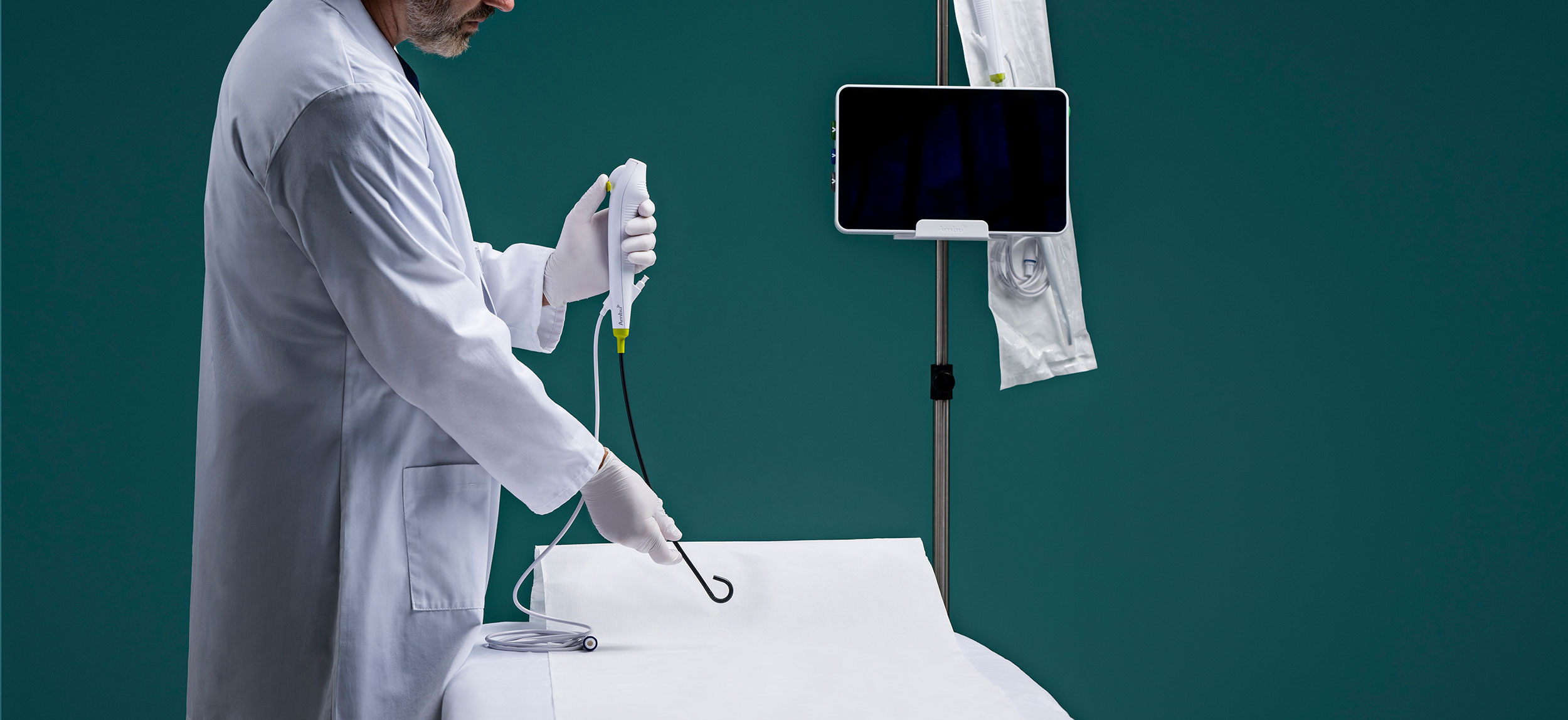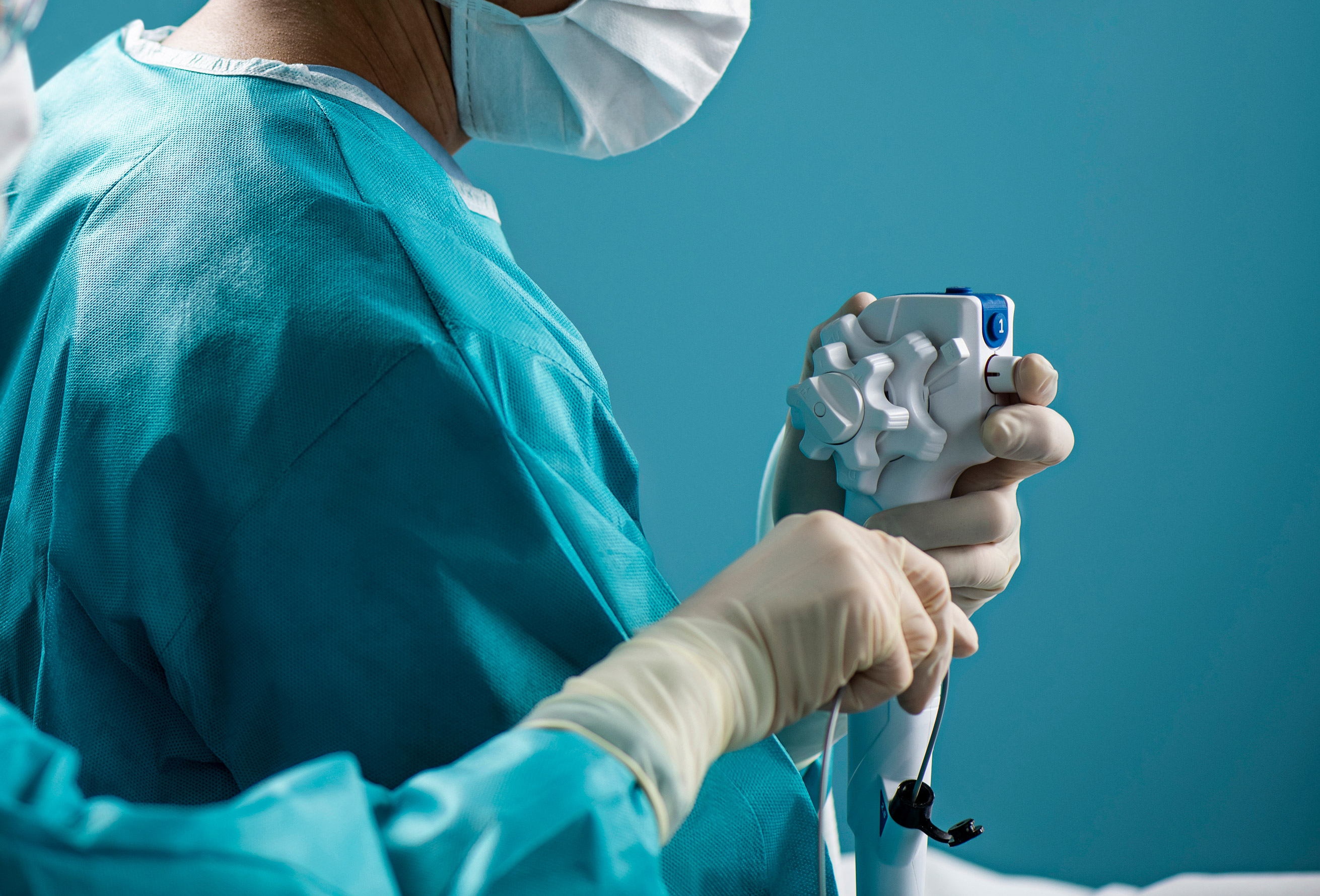
Even though there may not be a definitive way to measure the efficacy of bedside or point-of-use endoscope cleaning, it’s a critical step that must precede all others.
Kristopher Murphy, the director of chemistry at Cantel Medical, which was recently acquired by STERIS, explained why bedside cleaning must be done every time as well as the formulation of the chemicals used on the latest episode of the Beyond Clean podcast.
“I learned about bedside cleaning when I first came into this job about five years ago and it has truly fascinated me. It is literally the most important step in the endoscopy process,” Murphy says. “It has to be done 100 percent of the time, but there’s really no claims we can put around it … We can’t claim that it’s the most important part, but you have to do it otherwise the downstream steps won’t work. It’s baffling, it’s intriguing, and it is the most important step in the endoscope reprocessing chain.”
Providers are unable to claim the process “cleans” endoscopes without steadfastly defining “clean,” Murphy explained. They can’t say it kills microbes to any certain level.
But the critical impact of bedside cleaning is that it keeps the scope “wet,” preventing detritus from drying up. If soil is allowed to dry onto the surface of an endoscope, “it’s a nightmare to get it off,” Murphy said.
The chemicals used for bedside cleaning can be thought of as a cocktail, he added. One may do well with removing proteins, but not so well against lipids or fats. Murphy will therefore add a wetting agent to attack such compounds.
“Likewise for blood, likewise for hemoglobin,” he said. “If there was a magic bullet, everyone would know about it and that would be the one thing everyone used. It’s a cocktail of wetting agents.”
These chemicals are formulated with the understanding that bedside cleaning is performed by people, not an automated endoscope reprocessor. They must be made knowing they might be inhaled or could accidentally land on someone’s skin.
“It has to feather this line of removing the soils, wetting the soils, and being safe for people to be around,” he said. “It can’t give off harmful vapors, it can’t give off toxic byproducts. It has to be benign.”


